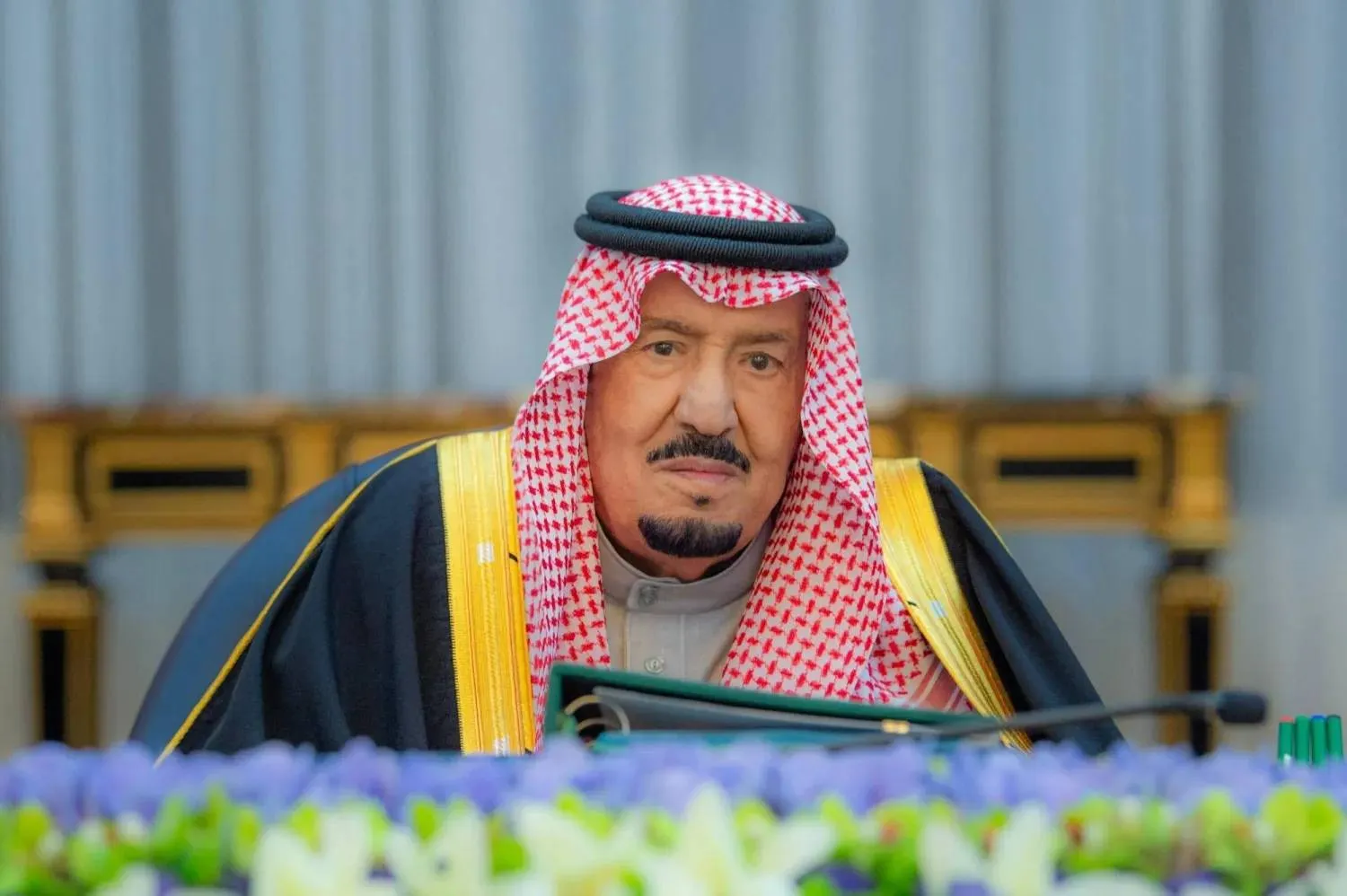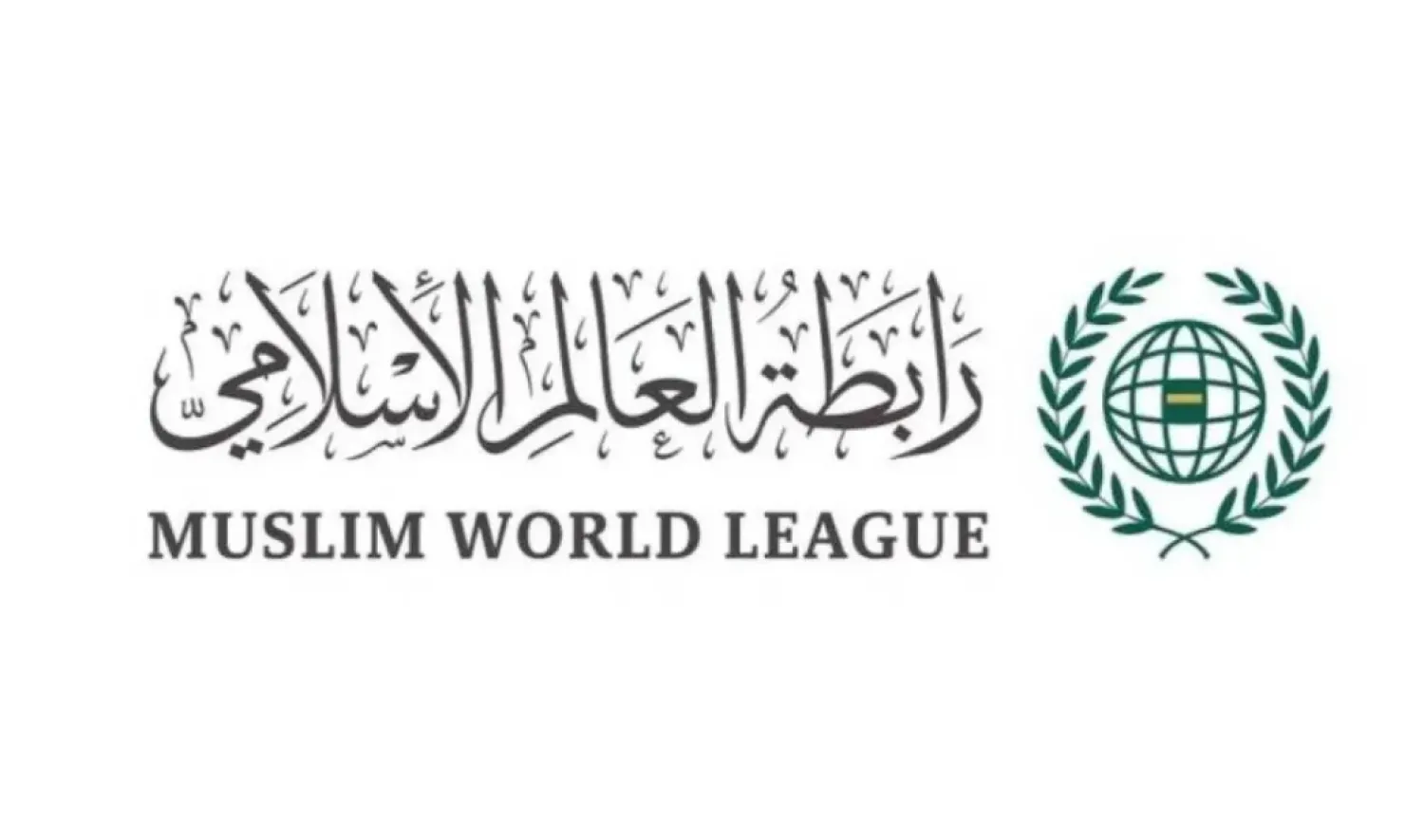As soon as the founder of Saudi Arabia King Abdulaziz bin Abdul Rahman, annexed Makkah Al-Mukarramah in the year 1343 AH - 1924 AD, to his rule, he made serving the Grand Mosque a top priority, launching urgent repair and restoration works.
In the year 1344 AH - 1925 AD, the restoration of the entire Sacred Mosque was completed, including renovating the mosque’s walls, floor, and columns, repairing walkways, painting Ibrahim’s shrine, fixing doors, maintaining domes, and other works.
In 1345 AH - 1927 AD, the number of pilgrims increased significantly, as security and stability prevailed over the area.
King Abdulaziz’ orders were issued in 1346 AH - 1927 AD to carry out the construction of the entire Grand Mosque at his own expense. The floors of the hall were restored on its four sides with the additions of “Dar Al-Nadwa” and “Bab Ibrahim”. The tiles of the doors and walls of the Grand Mosque were also painted, as well the stairs leading to the gates.
Restoration works continued for a whole year, and about 2,000 pounds of gold were spent for this purpose, donated by King Abdulaziz.
The King also ordered the construction of fixed porches around the four sides of the Grand Mosque, to protect the worshipers from sunlight and to serve as a substitute for tents.
In the year 1346 AH - 1928 AD, King Abdulaziz directed the establishment of a special factory for the manufacture of the “Kiswa” (cover) of the Kaaba in the Ajyad neighborhood, as it used to be imported from Egypt for several centuries during the Mamluk and Ottoman eras, until Makkah entered the rule of King Abdulaziz in 1343 AH - 1925 AD. Due to the delay in the delivery of the Kiswa during that year due to the political situation, the King ordered its manufacture in Al-Ahsa.
In the year 1354 AH - 1935 AD, a committee was formed under the orders of King Abdulaziz and was entrusted with conducting a continuous examination of the general needs of the Sacred Mosque in terms of construction and repairs.
In 1368 AH - 1949 AD, a statement was issued about King Abdulaziz's intention to expand the Two Holy Mosques, starting with the Prophet’s Mosque in Medina.
Effectively, the expansion of the Prophet’s Mosque began in the month of Shawwal, 1370 AH (July 1951 AD). The general director of government buildings and constructions, Mohammad bin Laden, was assigned with the implementation of the project.
Dr. Mansour Al-Dajani mentions in his historical study entitled, “The Corridors of the Grand Mosque in Makkah Al-Mukarramah,” that a technical and engineering body was formed to prepare the necessary designs and plans for this giant Islamic project.
King Abdulaziz saw that the number of pilgrims was increasing year after year, due to the establishment of security under the Saudi era and the development of means of transportation, which facilitated travel. In parallel, the social and economic conditions improved, while some Islamic countries achieved their independence.
All these reasons and others led to a significant rise in the number of pilgrims coming from abroad.
These numbers continued to increase to reach 100,000 pilgrims in the year 1370 AH - 1951 AD, and more than 200,000 pilgrims in 1374 AH - 1955 AD, excluding local worshippers.
At the beginning of the reign of King Saud, the technical and engineering committees completed studies, plans and preliminary designs for the expansion of the Grand Mosque, and designated the properties that will be expropriated for the benefit of the project.
The works included: Increasing the capacity of the Mataf by removing the existing buildings in the Mataf courtyard; raising the capacity of the worshipers by increasing the spaces in which prayers are performed; improving conditions in order to perform the religious rituals and prayers easily and safely; developing radical solutions to address the dangers that threatened the safety of the mosque and its visitors, such as fires and torrential rains, through the use of non-flammable building materials and fire-fighting systems; and setting up integrated services, including roads and squares, to facilitate access to the mosque, in addition to providing water, drainage, ventilation, lighting, and toilets for the convenience of visitors.
The expansion and construction of the Two Holy Mosques in a way that reflects their stature, represents their identity and meets the pilgrims’ aspirations, was one of the great goals of the founding king that his sons, the kings after him, have achieved.









